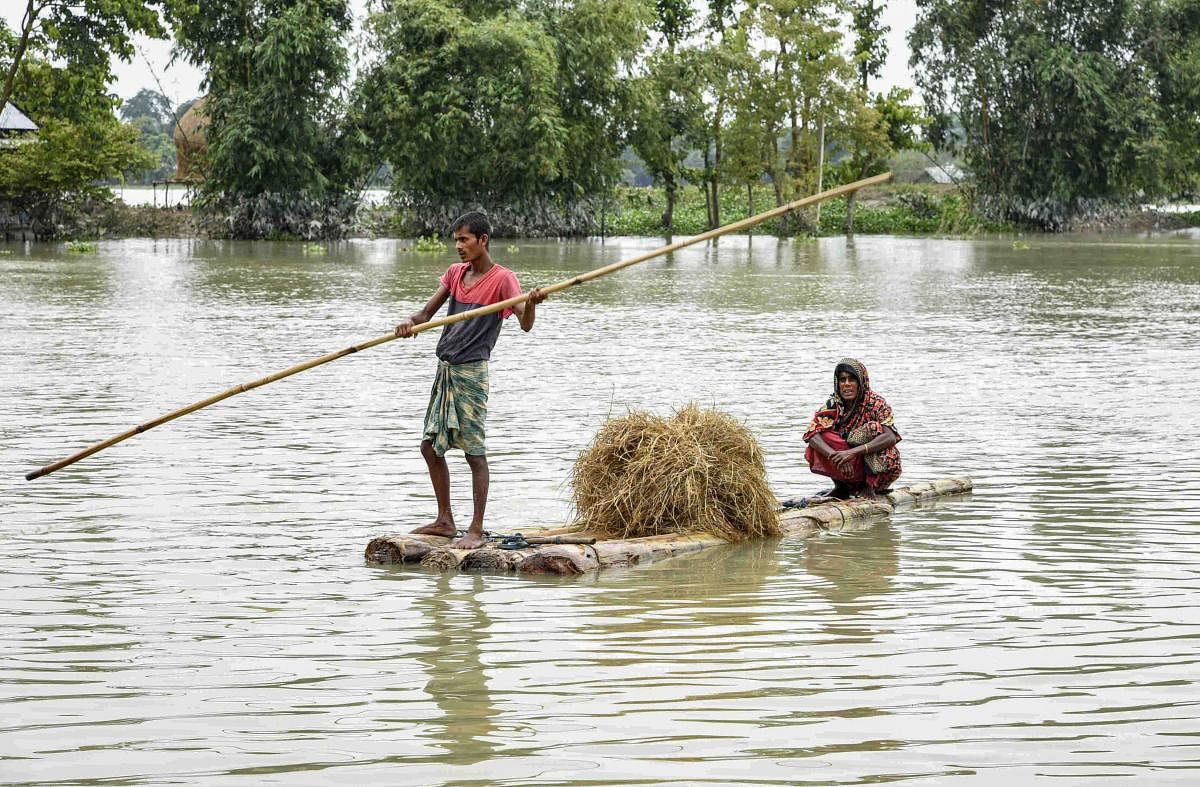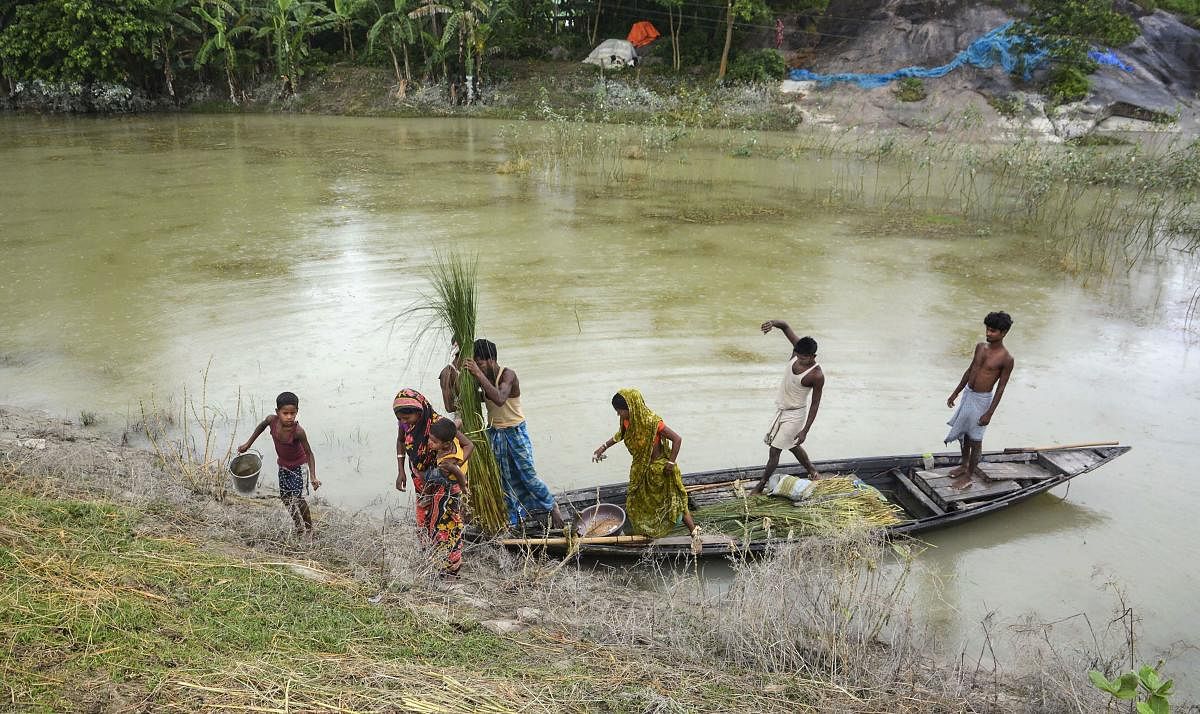

Floods in Assam are worsening by the day. Almost a hundred people have been washed away by the floods so far and 27 of the state’s 33 districts are impacted. The sharp deterioration in the situation on the ground is evident from the fact that the number of people affected by the floods has surged from three lakh to nearly 40 lakh over a span of a few days. Nearly 90% of the Kaziranga National Park is reportedly underwater and scores of animals including its famed rhinos, tigers and hog deer have drowned. While floodwaters are receding somewhat in Upper Assam, the situation is dire in Lower Assam and likely to worsen in the coming days as river Brahmaputra has crossed the danger mark at several places. Central and state disaster rescue and relief teams have been deployed across the state and they have saved the lives of many people stranded by the floods. This is a difficult time for Assam as the state is already grappling with the Covid-19 pandemic. Officials are preoccupied with the public health crisis and have little time or resources to support victims of the floods. Moreover, because of the need to impose social distancing, relief centres are not able to house a large number of the displaced. Many are therefore stranded without a roof over their head.
It is distressing that although flooding during the monsoons happens every year and across many states in India, authorities react only after the disaster strikes. During and immediately after flood, ministers take to the skies to survey the damage and then grandly promise funds for relief. Little happens thereafter until the next year when the same tragic drama unfolds.
To control floods India has depended on building dams and embankments. But dams release excess waters and in the process only push the flooding problem further downstream, while embankments regularly give way when rivers swell. Experts are calling for an ‘integrated river basin management’ approach which brings on board all basin-sharing states and countries. To prevent flooding in Assam and Bangladesh, measures are needed in catchment areas and these must take into account not just the volume of water in the river but the preservation of the basin’s ecology and ecosystem. The immediate task before the government is rescue of stranded victims and shelter for the displaced. Outbreak of diseases can be expected in the coming weeks. The focus thereafter is to put in place the much-needed integrated basin approach.